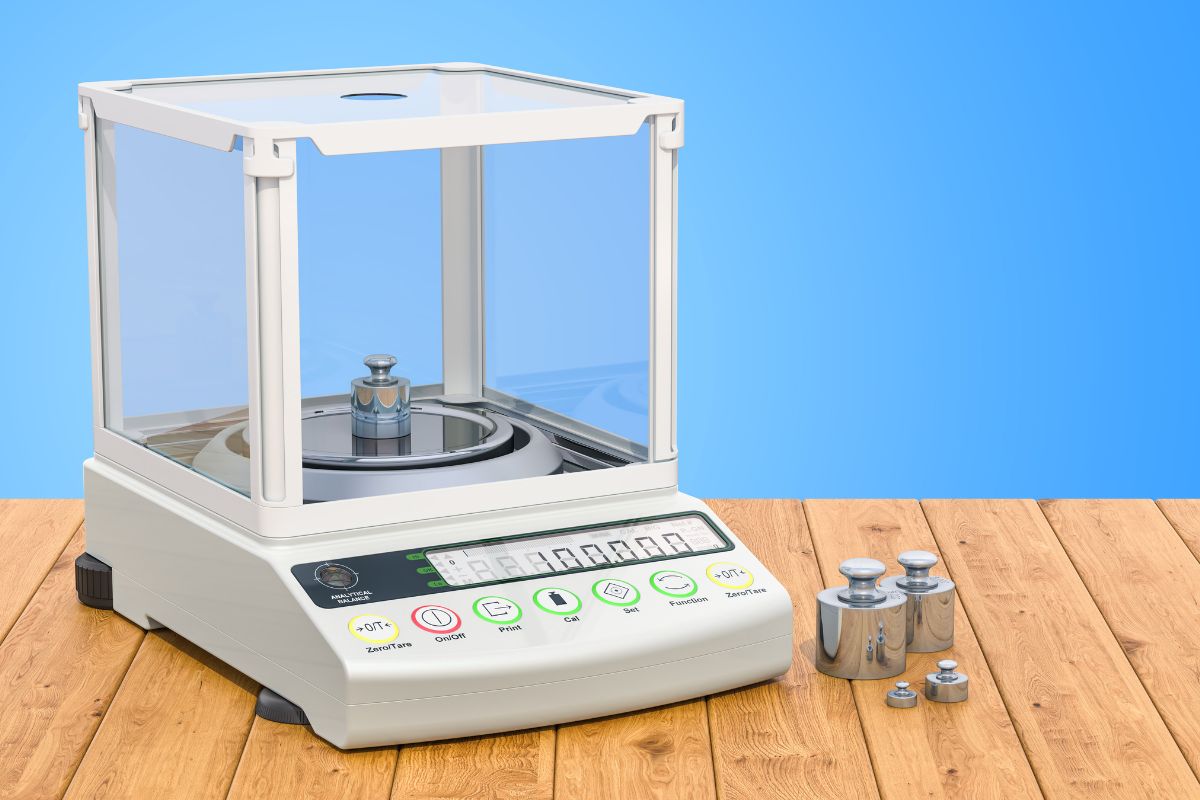Have you ever wondered why your recipes never turn out right? You followed the instructions to a tee, but the result is always a bit off. The truth is the key to accurate measurements in cooking and baking is a reliable weighing scale. Without it, you may unknowingly use incorrect measurements, leading to inconsistent recipe results and wasted ingredients. In this blog, we will explore the importance of accurate measurements, the different types of weighing scales available, and tips for keeping your Precision Weighing Balance accurate for perfect recipe results.
The Importance of Accurate Measurements
Accurate measurements are crucial in cooking and baking for several reasons. First, consistent recipe results rely on using the correct measurements. If you’re using too much or too few ingredients, your recipe may not turn out as intended. This can lead to a dish that is too dry or too wet or a dessert that is too sweet or not sweet enough.
Secondly, accurate measurements can help avoid wasted ingredients. If you’re using too much of an ingredient, you may have leftovers that go to waste. On the other hand, if you’re using too little, you may need to make an additional trip to the store to buy more ingredients.
Lastly, accurate measurements are essential for achieving your recipes’ desired taste and texture. For example, if a recipe calls for a specific amount of sugar, but you use too much or too little, the result will not be as sweet as intended. This can affect the overall taste and texture of the dish.
Common mistakes made without a weighing scale include:
- Using measuring cups and spoons.
- Guessing measurements.
- Not accounting for variations in ingredient densities.
Measuring cups and spoons can be inaccurate due to variations in how they are filled. Guessing measurements can lead to incorrect measurements, and not accounting for variations in ingredient densities can result in using too much or too little of an ingredient.
Types of Weighing Scales
Regarding weighing scales, there are two main types: mechanical and digital.
Mechanical scales are the more traditional, using a spring mechanism to measure weight. They are relatively simple and can be found at a lower price than digital scales. However, they can be less accurate than digital scales and are not as easy to read. They are best used for measuring larger quantities of ingredients, such as flour or sugar.
Digital Weighing Scales, on the other hand, use electronic sensors to measure weight. They are more accurate than mechanical scales and are easy to read. They also have the added benefit of measuring in different units, such as ounces, grams, and pounds. However, they can be more expensive than mechanical scales and may require batteries or a power source. They are best used for measuring smaller quantities of ingredients, such as spices or liquids.
When comparing the two types of scales, it’s important to consider what you will use the scale for and how often you will use it. For regular cooking and baking, a digital scale is likely the better option, while a mechanical scale may be more suitable for larger ingredients.
How to Use a Weighing Scale?
1. Setting the scale
Zeroing the scale: Before measuring ingredients, you’ll need to ensure the scale is properly set. This means zeroing the scale, essentially resetting it to zero so it can accurately measure the weight of the ingredients you’re adding. Simply press the “zero” or “tare” button on the scale to do this.
Calibrating the scale: Depending on your precision weighing balance, you may need to calibrate it occasionally to ensure it stays accurate. Calibration is adjusting the scale’s internal components to ensure that it measures correctly. To calibrate your scale, you’ll need to follow the manufacturer’s instructions, which usually involve adding a known weight to the scale and adjusting it until it reads the correct weight.
2. Measuring ingredients
Weighing dry ingredients: When measuring dry ingredients like flour, sugar, or nuts, it’s important to use the right measuring technique. The best way to do this is to spoon the ingredient into the scale’s Measuring bowl and then use a flat utensil to level it off. This ensures that you’re getting an accurate measurement without compressing the ingredient.
Weighing liquid ingredients: When measuring liquid ingredients like oil, milk, or water, you’ll need to use a different technique. The best way to do this is to use a measuring cup specifically designed for liquids. Be sure to place the cup on the scale’s measuring platform and pour the liquid into the cup. The scale will give you the weight of the liquid.
Weighing multiple ingredients: When measuring multiple ingredients, it’s important to zero the scale between each ingredient. This ensures that you’re getting an accurate measurement of each ingredient rather than a cumulative measurement of all the ingredients.
Tips for Keeping Your Scale Accurate
1. Cleaning and maintaining the scale
Cleaning the scale: Keeping your scale clean is crucial for maintaining its accuracy. Be sure to wipe it down with a damp cloth after each use, and use a mild detergent if needed. Avoid using abrasive cleaning agents, which can damage the scale’s surface.
Checking for wear and tear: Regularly check your Precision Weighing Balance for signs of wear and tear, such as loose parts or damaged buttons. If you notice any issues, address them promptly to prevent the scale from becoming less accurate.
2. Storing the scale
Keeping the scale level: To ensure that your scale stays accurate, it’s important to store it on a level surface. This ensures that the scale’s internal components stay properly aligned and don’t become skewed over time.
Protecting the scale from damage: To protect your scale, store it in a safe place, such as a cupboard or pantry. Avoid storing it in damp or humid areas, as this can damage the scale’s internal components.
Conclusion
In conclusion, the key to accurate measurements is a reliable weighing scale. Whether you’re a professional chef, home cook, manufacturer, or shipper, a precision weighing balance scale is an essential tool for achieving accurate measurements. By understanding the different types of scales available, how to use them properly, and the importance of accuracy, you’ll be able to achieve accurate measurements every time. So, go forth and measure with confidence!












